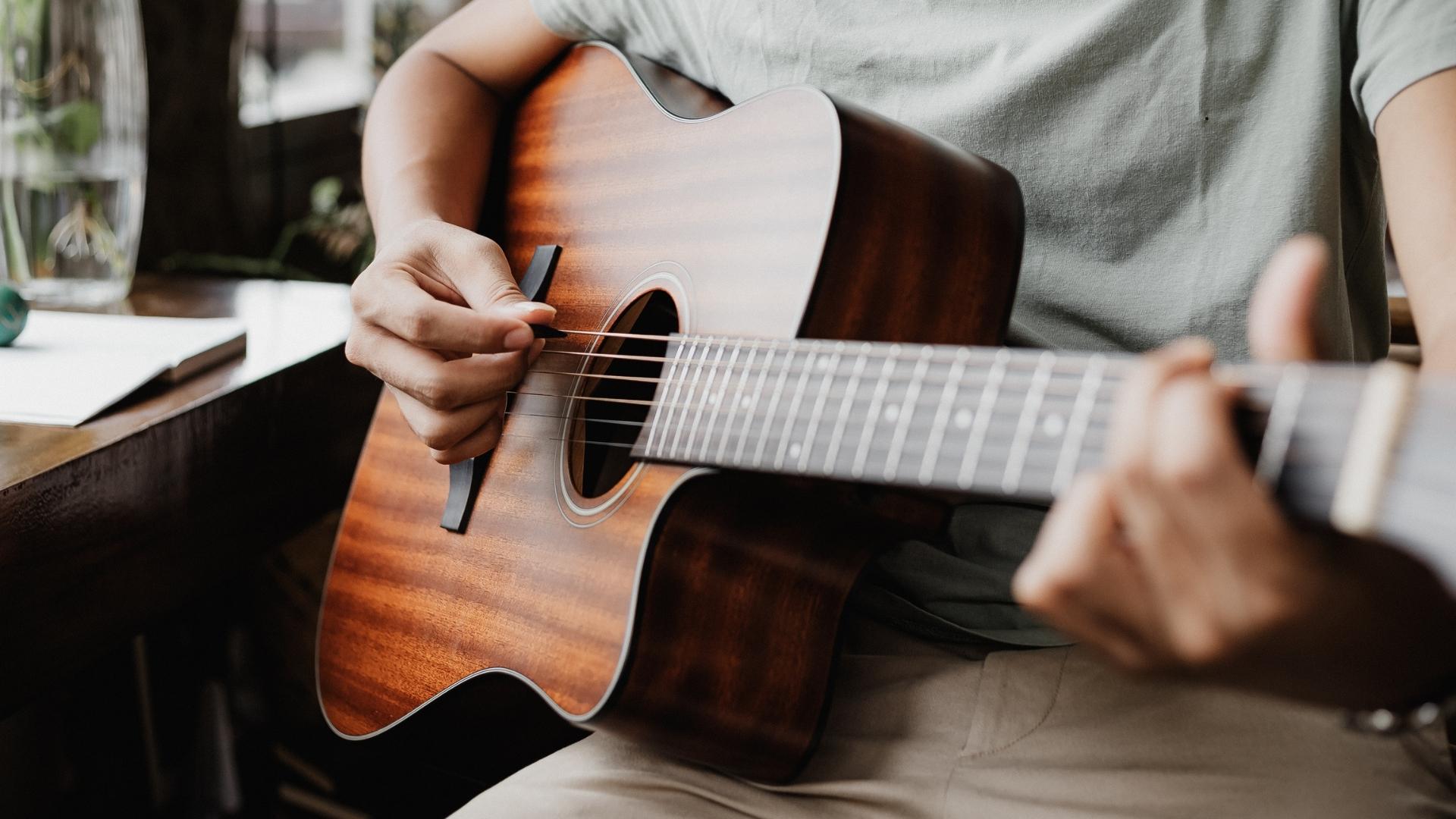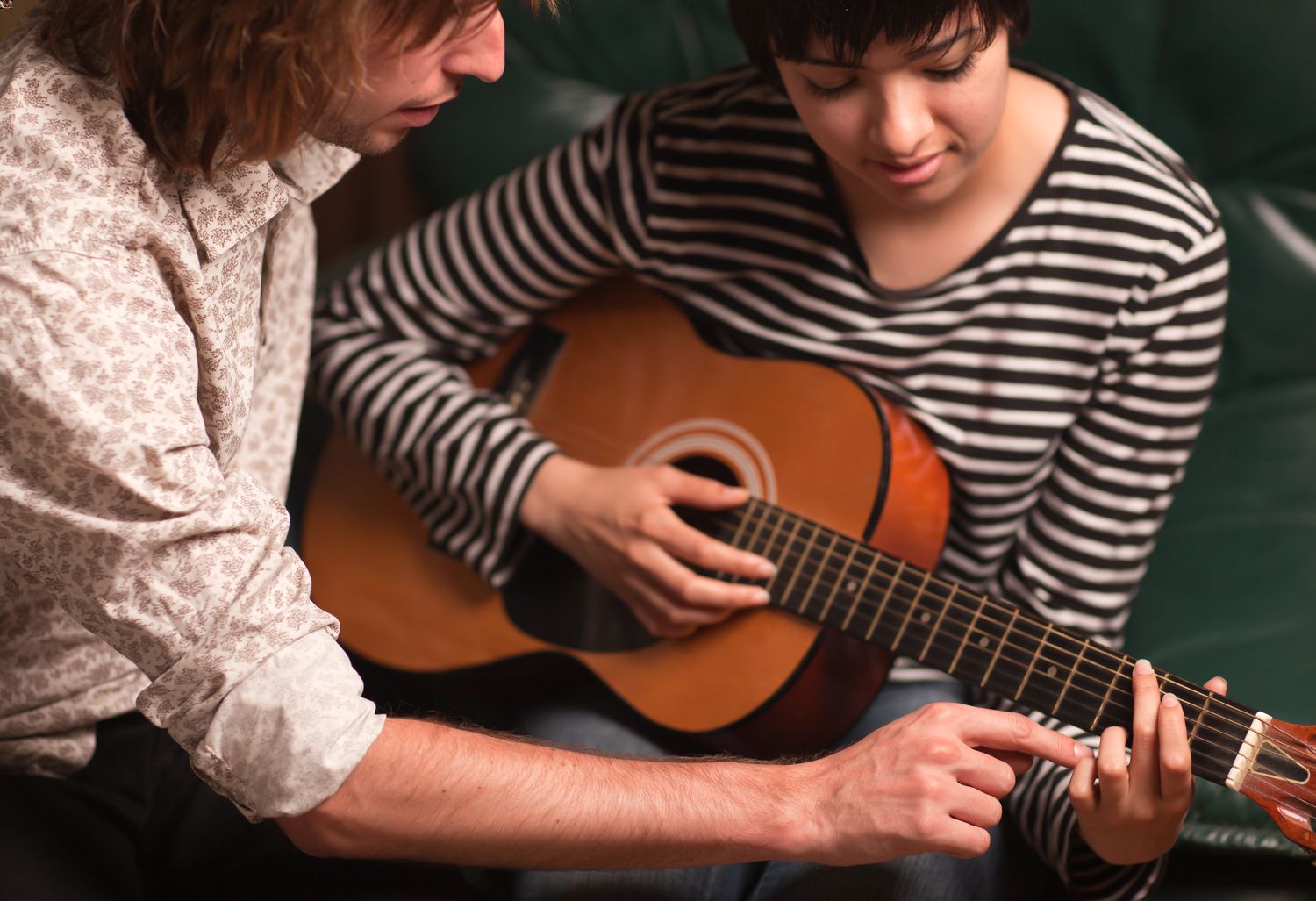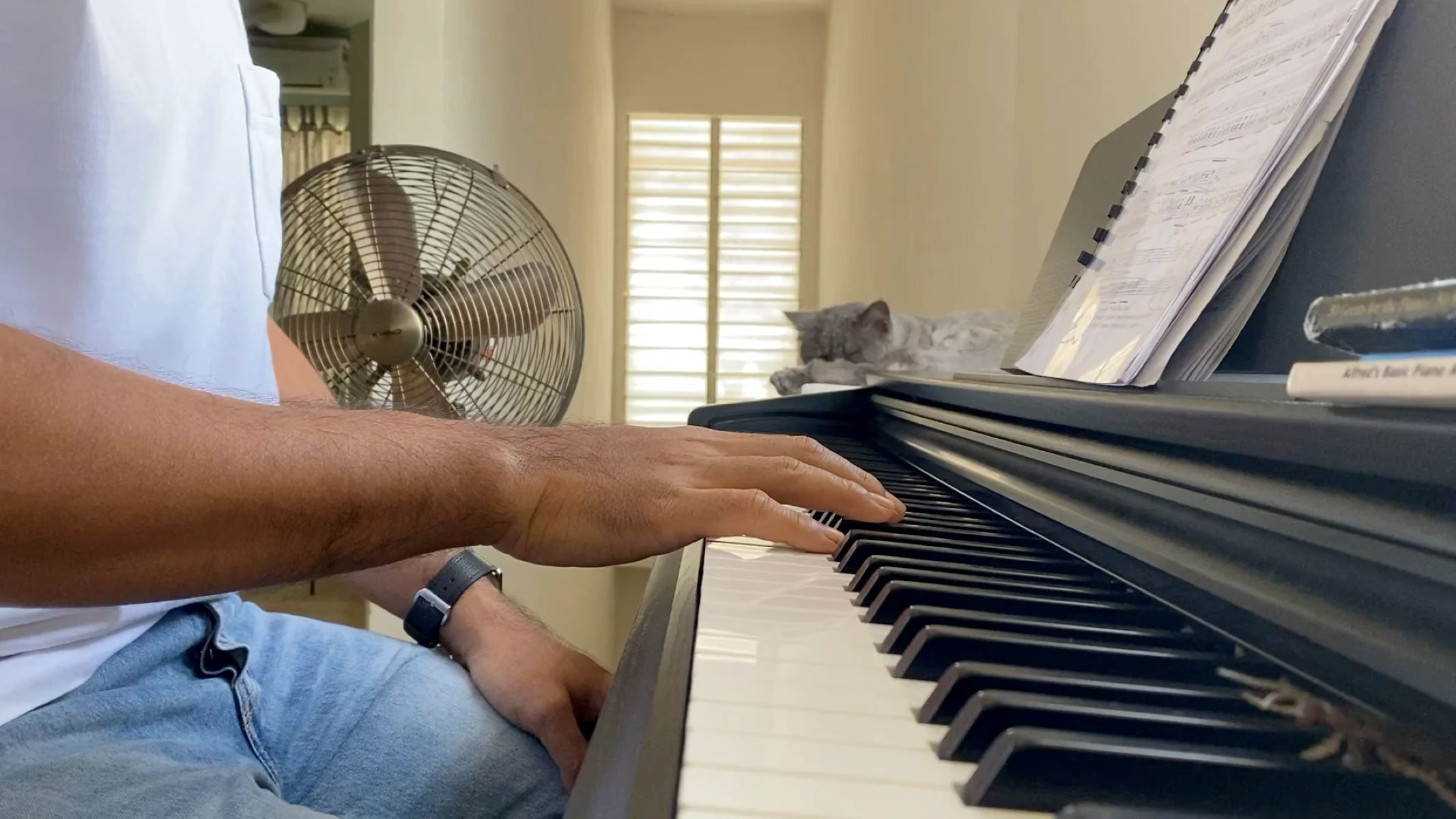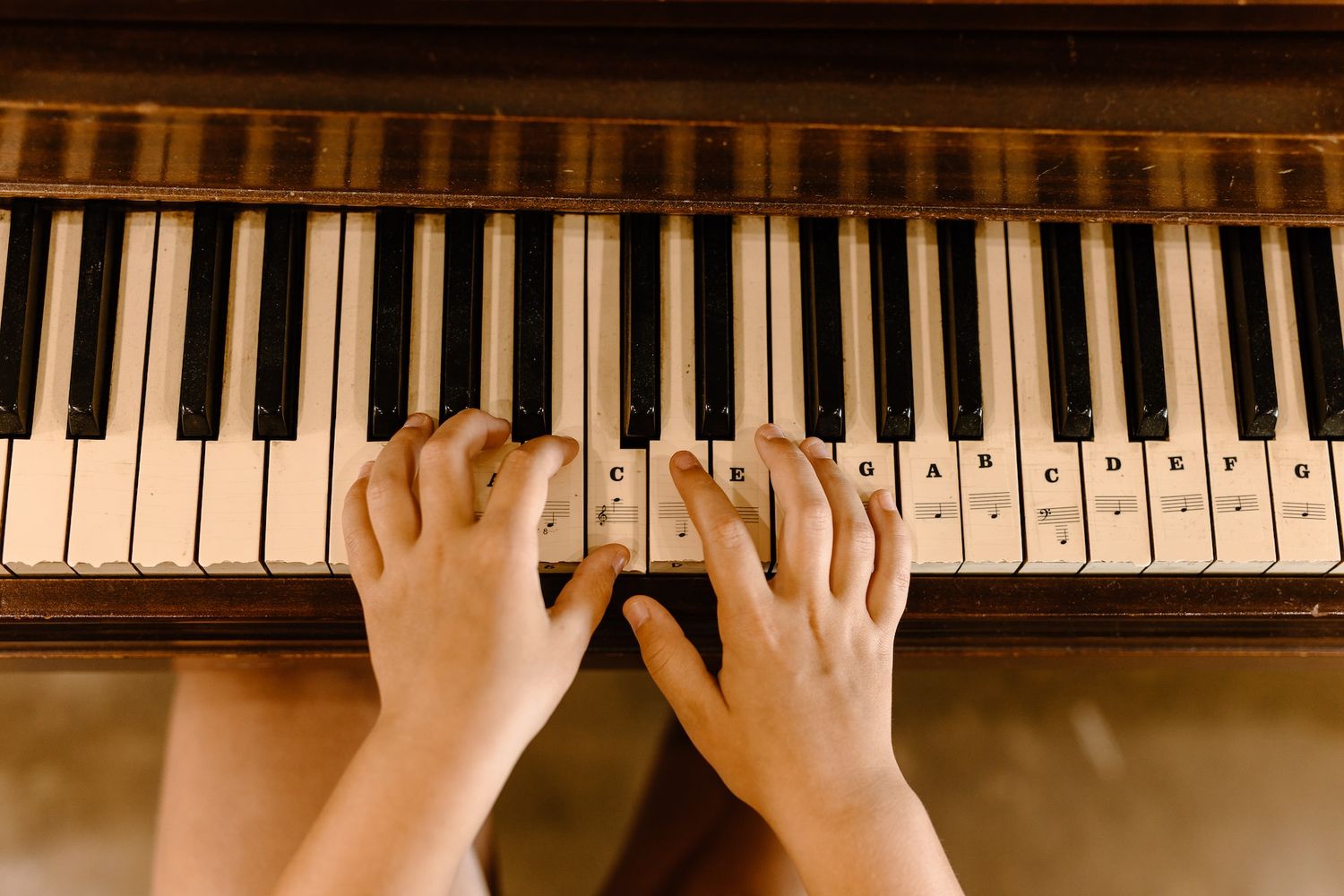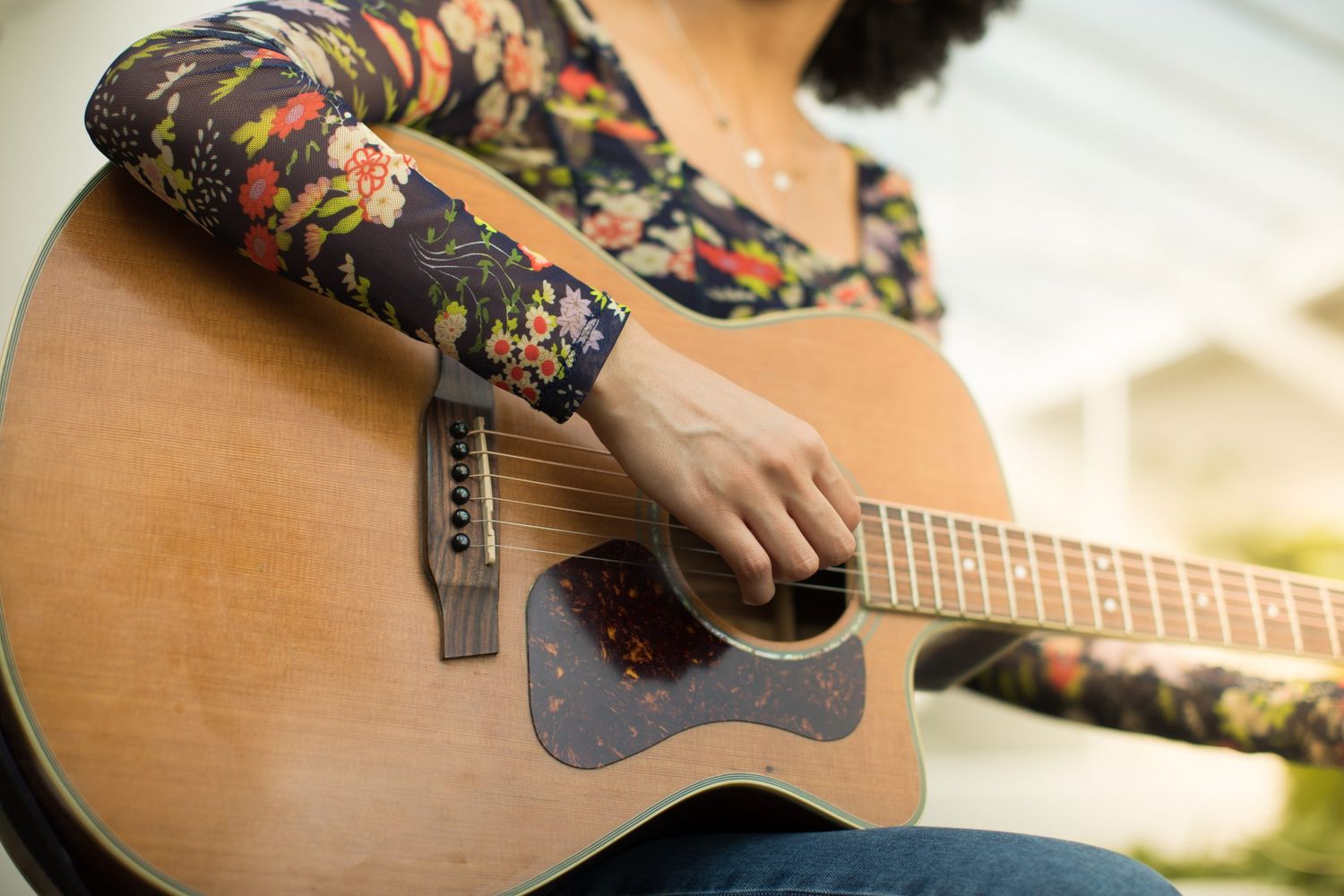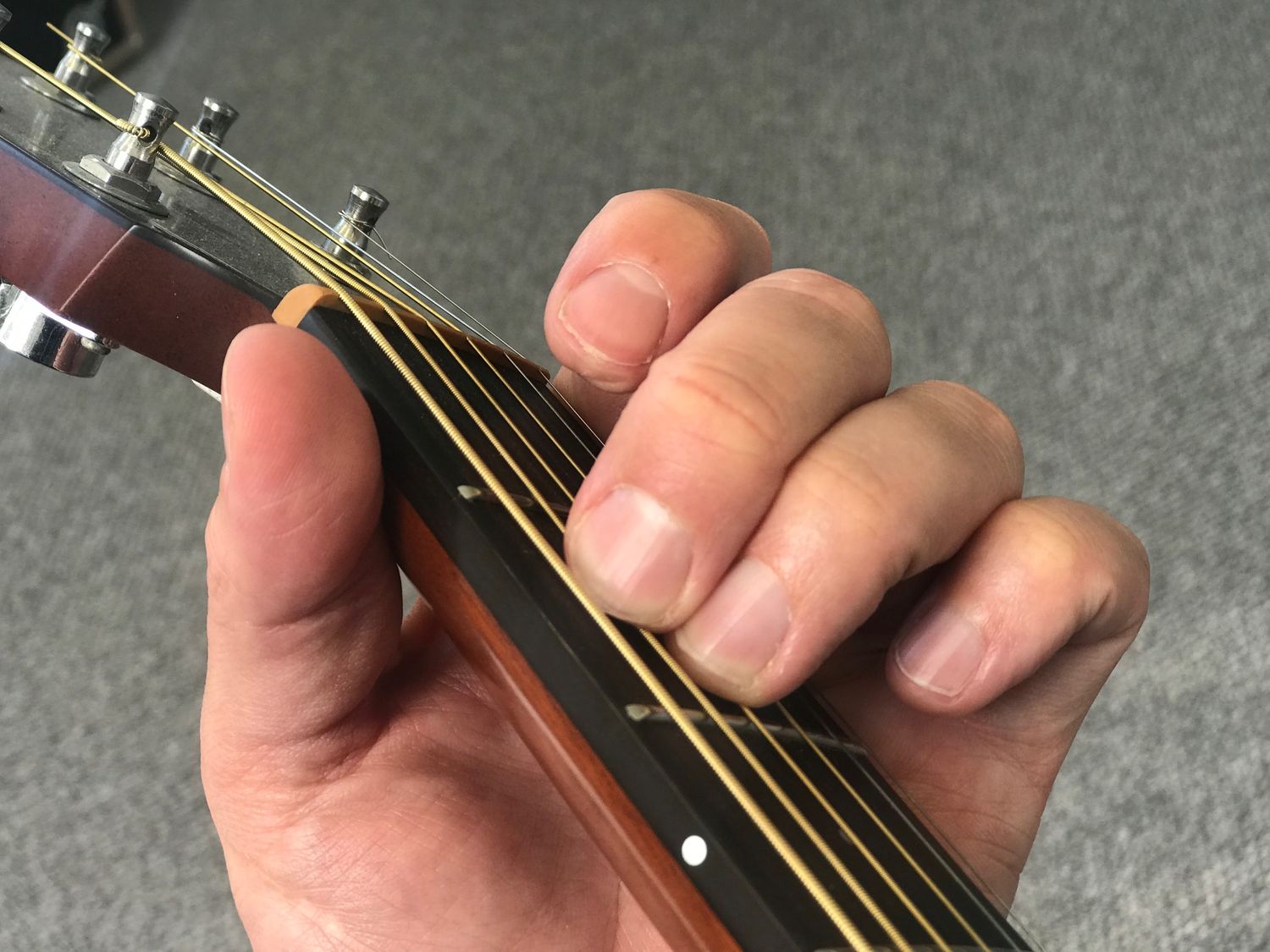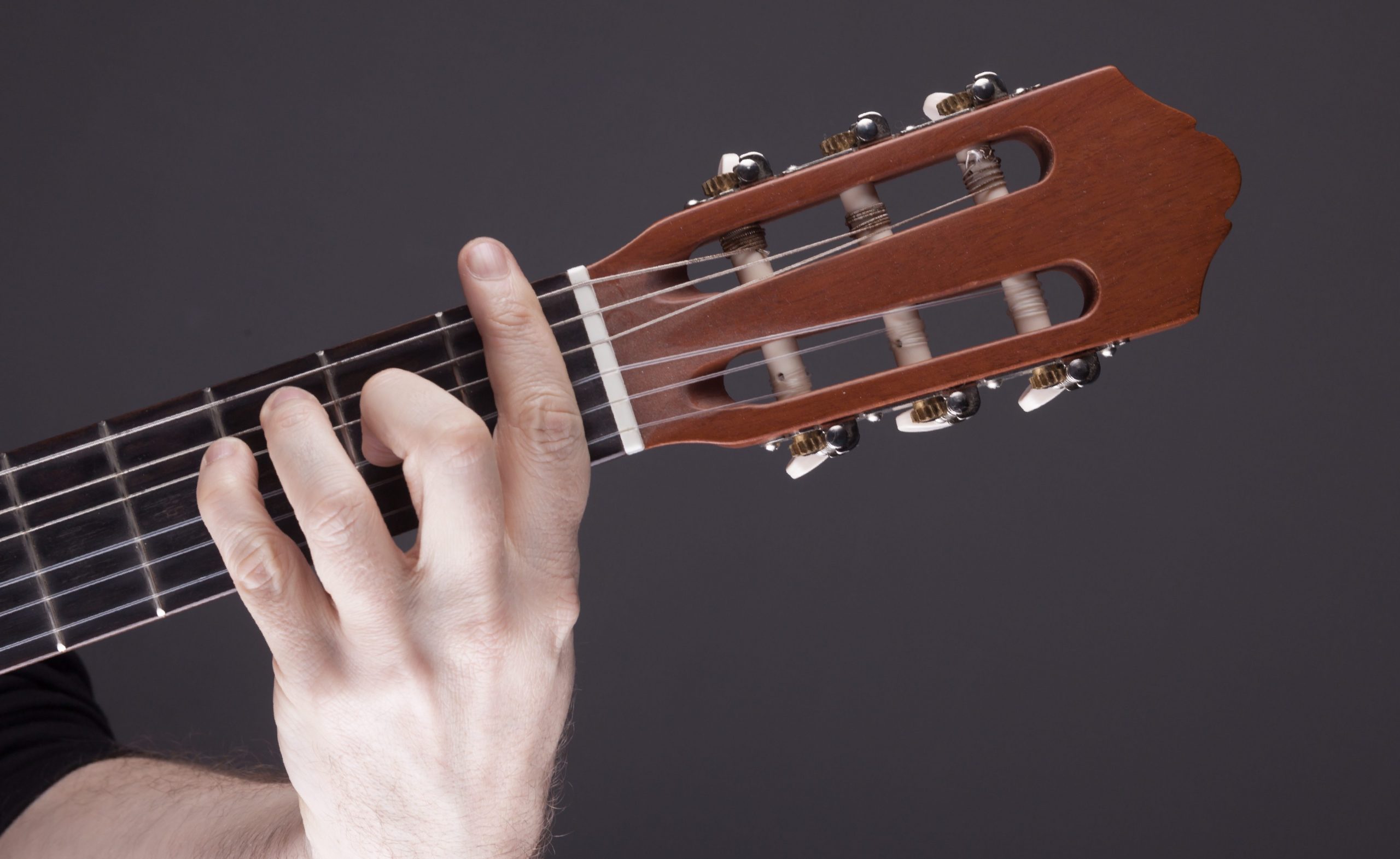Home>Instruments>Guitar>How To Play E Flat On Guitar
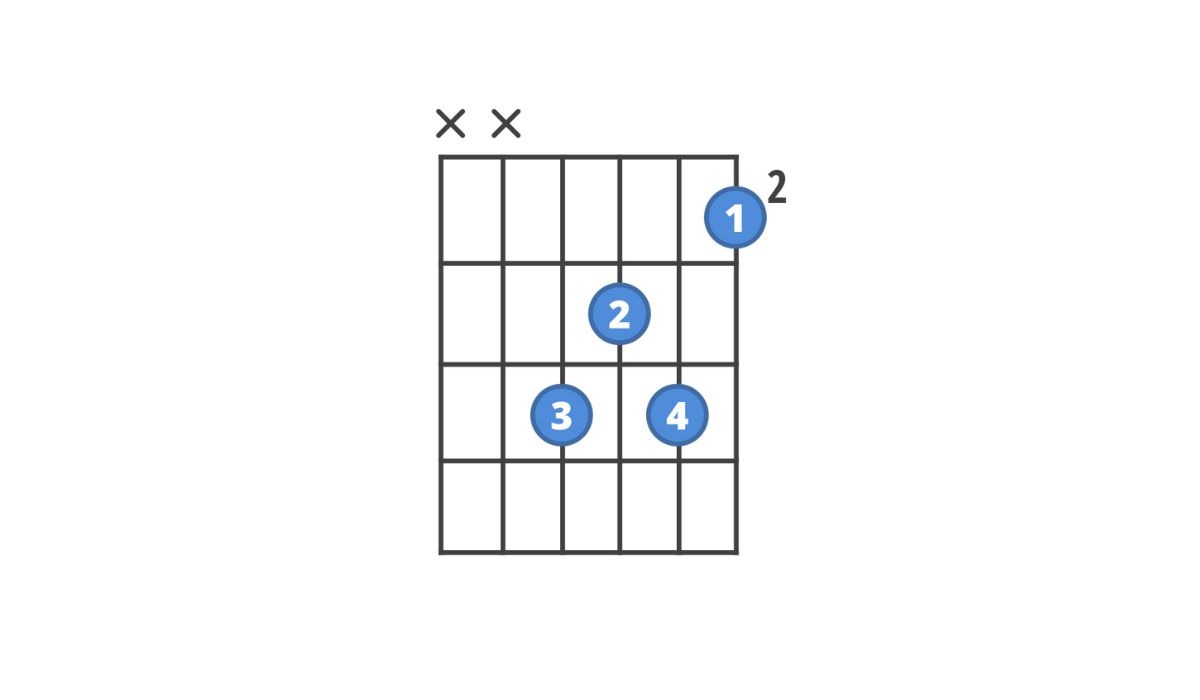

Guitar
How To Play E Flat On Guitar
Published: February 13, 2024
Learn how to play E flat on guitar with our step-by-step guide. Master the technique and expand your guitar skills today.
(Many of the links in this article redirect to a specific reviewed product. Your purchase of these products through affiliate links helps to generate commission for AudioLover.com, at no extra cost. Learn more)
Table of Contents
Introduction
Learning to play the E flat chord on the guitar opens up a world of musical possibilities. The E flat chord, also known as Eb chord, is a common chord used in various music genres, including rock, jazz, and blues. Mastering this chord will not only expand your repertoire but also enhance your overall guitar skills.
Whether you are a beginner venturing into the world of guitar playing or an experienced guitarist looking to add depth to your sound, understanding and mastering the E flat chord is a valuable endeavor. In this comprehensive guide, we will delve into the nuances of the E flat chord, exploring different finger positions and techniques to help you play it with confidence and precision.
As we embark on this musical journey, we will unravel the intricacies of the E flat chord, demystifying its structure and providing practical tips to facilitate your learning process. By the end of this guide, you will have a solid grasp of the E flat chord, empowering you to incorporate it seamlessly into your playing repertoire and musical expressions. So, grab your guitar, tune your strings, and let's dive into the captivating world of the E flat chord.
Understanding the E Flat Chord
The E flat chord, denoted as Eb, is a fundamental triad consisting of three notes: E flat, G, and B flat. In the context of guitar playing, the E flat chord is formed by pressing specific frets on the instrument’s neck to produce the required notes. Understanding the composition of the E flat chord is pivotal to effectively executing it on the guitar.
From a theoretical standpoint, the E flat chord is classified as a major chord, characterized by its bright and uplifting sound. The root note, E flat, sets the tonal foundation, while the G and B flat notes contribute to the chord’s harmonic richness. When strummed or plucked, the E flat chord emanates a resonant and vibrant quality, making it a versatile component of any guitarist’s repertoire.
As you familiarize yourself with the E flat chord, it’s essential to grasp its role within the context of music theory. Understanding chord progressions, inversions, and the harmonic relationships between the E flat chord and other chords will enrich your musical proficiency and enable you to navigate the fretboard with confidence and creativity.
Furthermore, recognizing the various voicings and alternative fingerings of the E flat chord is advantageous, offering flexibility and adaptability in different musical contexts. Whether you’re strumming along to a soulful ballad or unleashing dynamic riffs in a rock anthem, the E flat chord’s versatility makes it a valuable asset in your guitar-playing repertoire.
By comprehending the theoretical underpinnings and practical applications of the E flat chord, you lay a solid foundation for mastering its execution on the guitar. In the subsequent sections, we will explore the different techniques and positions for playing the E flat chord, empowering you to harness its melodic potential and infuse your music with depth and expression.
Playing E Flat Chord in Open Position
Playing the E flat chord in open position is a fundamental skill for guitarists of all levels. In the open position, the E flat chord is formed by utilizing open strings and fretting specific notes on the fretboard, creating a rich and resonant sound that forms the backbone of countless songs across various genres.
To play the E flat chord in open position, follow these steps:
- Positioning: Begin by placing your fretting hand on the guitar neck, ensuring a comfortable and relaxed posture. Position your fingers to prepare for the chord formation.
- Finger Placement: Place your index finger on the first fret of the A string, fretting the note E flat. Your middle finger should then be positioned on the third fret of the D string, fretting the note G. Finally, use your ring finger to press the third fret of the G string, producing the note B flat.
- Strumming: With your fingers in the correct positions, strum all six strings, ensuring a clear and resonant sound. Adjust your finger placement and pressure as needed to produce a clean and vibrant chord.
Mastering the open position E flat chord opens the door to an array of chord progressions and musical expressions. Practice transitioning to and from the E flat chord, integrating it into popular songs or creating your own melodic sequences to solidify your proficiency and dexterity on the fretboard.
As you hone your skills, pay attention to the clarity and sustain of each note within the chord, refining your technique to achieve a balanced and harmonious sound. The open position E flat chord serves as a cornerstone in your guitar-playing journey, laying the groundwork for more complex chord shapes and advanced musical explorations.
Embrace the process of learning and perfecting the E flat chord in open position, allowing its warm and vibrant resonance to inspire your musical creativity and propel your guitar-playing prowess to new heights.
Playing E Flat Chord with Barre Technique
Mastering the E flat chord using the barre technique is a valuable skill that empowers guitarists to navigate the fretboard with flexibility and precision. The barre technique involves using a single finger to fret multiple strings across the guitar neck, creating full-bodied and versatile chord shapes.
To play the E flat chord with the barre technique, follow these steps:
- Positioning: Position your index finger across all six strings at the sixth fret, exerting even pressure to ensure a clean and clear sound.
- Supporting Fingers: Place your remaining fingers in the appropriate positions to complete the E flat chord shape. Your middle finger should fret the eighth fret of the A string, while your ring finger covers the eighth fret of the D string. Your pinky finger will then press the eighth fret of the G string.
- Strumming: With your fingers in place, strum all six strings, allowing the barre technique to produce a resonant and robust E flat chord.
Embracing the barre technique for the E flat chord unlocks a world of melodic possibilities, enabling seamless transitions between different chord shapes and facilitating dynamic playing styles. As you familiarize yourself with this technique, focus on maintaining consistent finger pressure and refining your finger positioning to achieve a clear and balanced chord structure.
Practice transitioning from other barre chords to the E flat chord, honing your muscle memory and dexterity to execute smooth and expressive chord progressions. The barre technique empowers you to harness the full potential of the E flat chord, infusing your music with depth and versatility.
By incorporating the barre technique into your repertoire, you expand your musical horizons and cultivate a nuanced approach to playing the guitar. The E flat chord, when mastered with the barre technique, becomes a cornerstone of your sonic palette, enhancing your ability to convey emotion and rhythm through your music.
Tips for Mastering E Flat Chord on Guitar
Mastering the E flat chord on the guitar requires dedication, practice, and a strategic approach to honing your skills. Whether you’re a novice guitarist embarking on your musical journey or an experienced player seeking to expand your chord vocabulary, the following tips will guide you toward mastering the E flat chord with confidence and proficiency.
- Optimize Finger Placement: Pay close attention to the placement of your fingers when forming the E flat chord. Ensure that each finger is positioned precisely to fret the required notes, allowing for clear and resonant sound production.
- Develop Finger Strength: Building finger strength is crucial for executing chords effectively. Engage in finger exercises and chord drills to enhance dexterity and fortify your fingers, facilitating smooth chord transitions and sustained notes.
- Refine Your Barre Technique: If you’re utilizing the barre technique to play the E flat chord, focus on refining your barre finger’s pressure and positioning. Consistent practice and attention to detail will enhance the clarity and richness of the chord.
- Explore Alternative Voicings: Experiment with different voicings and variations of the E flat chord across the fretboard. Embracing alternative fingerings and voicings expands your musical palette and offers diverse tonal possibilities.
- Practice Chord Transitions: Incorporate the E flat chord into chord progression exercises, practicing seamless transitions between this chord and others. Smooth transitions are key to fluid and expressive guitar playing.
- Utilize Metronome Practice: Enhance your rhythmic precision by practicing the E flat chord with a metronome. Consistent timing and rhythmic accuracy elevate the overall impact of your chord progressions and musical arrangements.
- Ear Training and Tuning: Develop your ear for pitch and tuning accuracy when playing the E flat chord. Train your ear to recognize the chord’s distinctive sound, ensuring that each note resonates in harmony.
- Patience and Persistence: Embrace a patient and persistent mindset as you strive to master the E flat chord. Progress may take time, but consistent practice and a positive attitude will yield significant improvements.
By integrating these tips into your practice routine and approaching the mastery of the E flat chord with dedication, you will elevate your guitar playing skills and enrich your musical repertoire. Embrace the learning process, celebrate small victories, and enjoy the journey of mastering the captivating E flat chord on the guitar.

